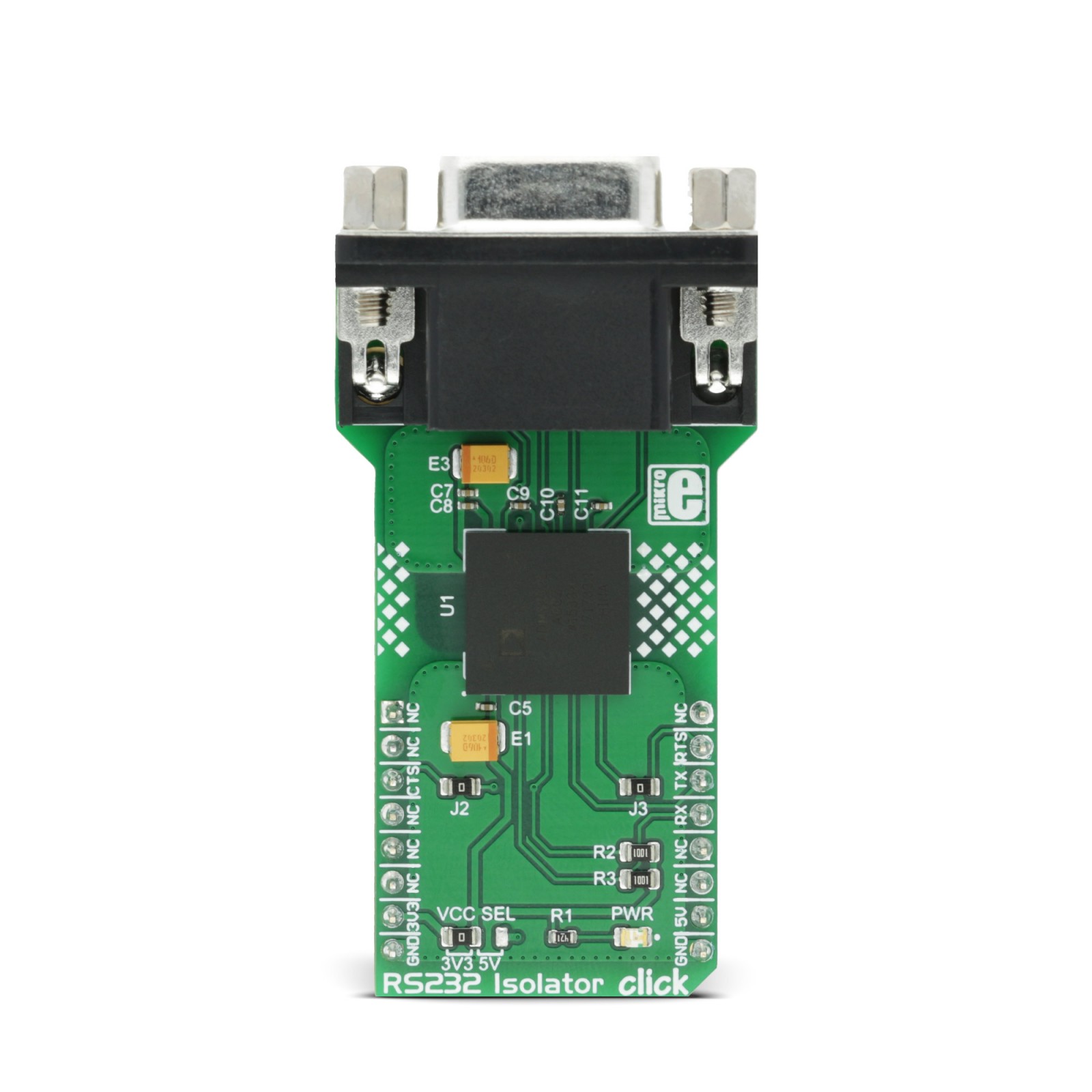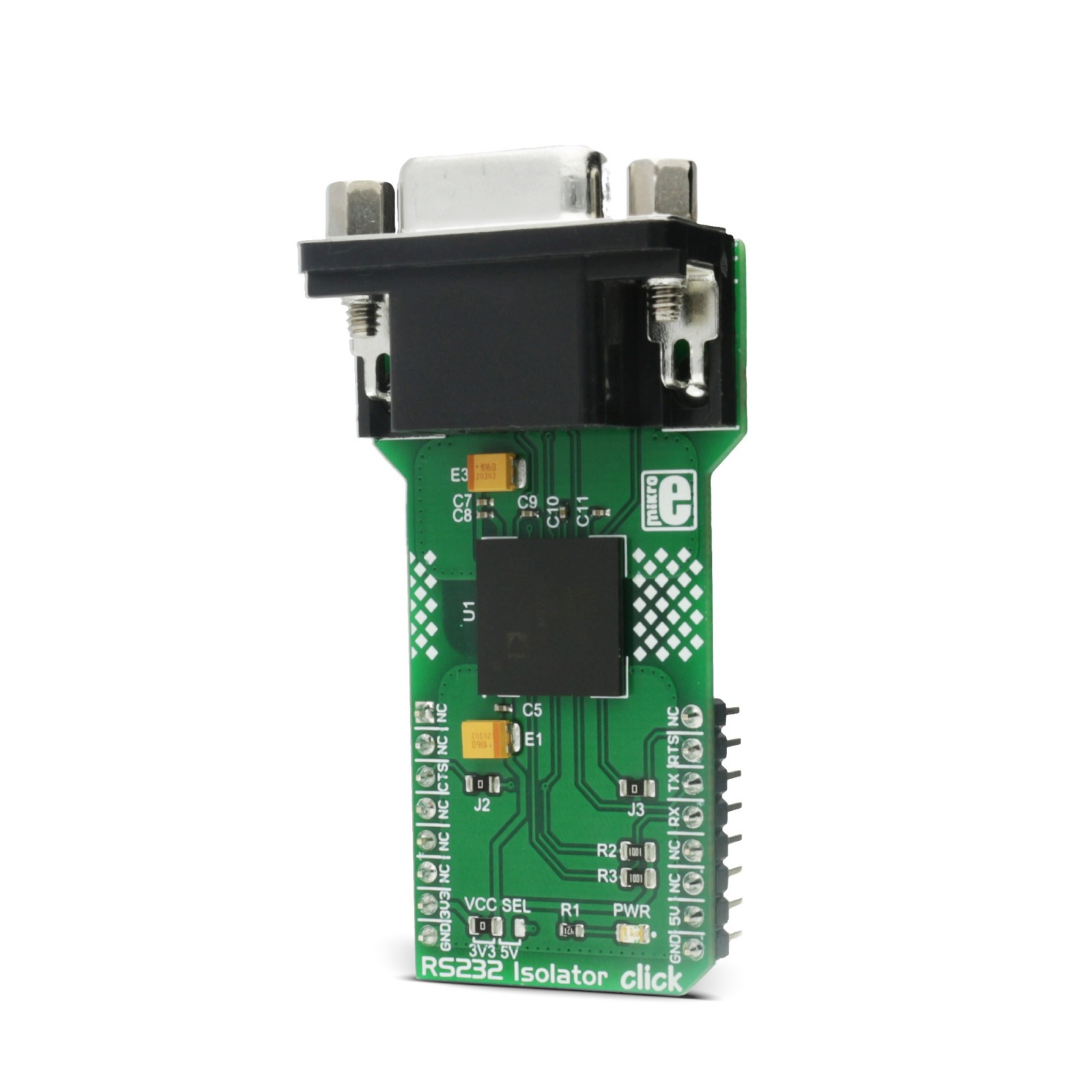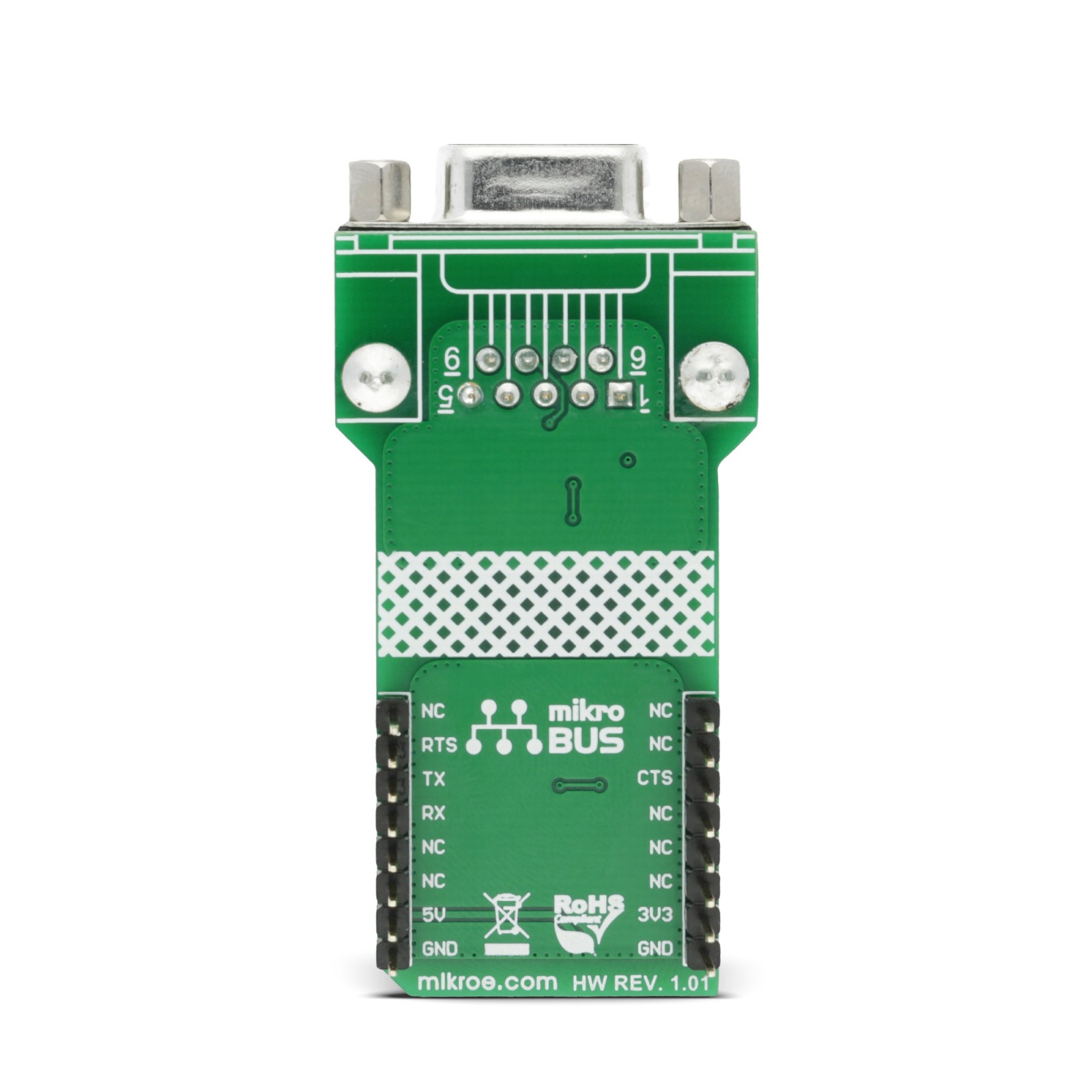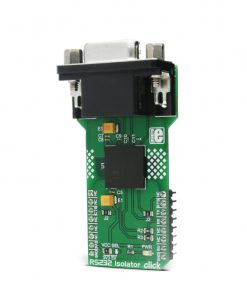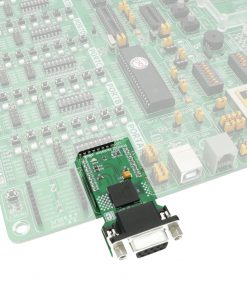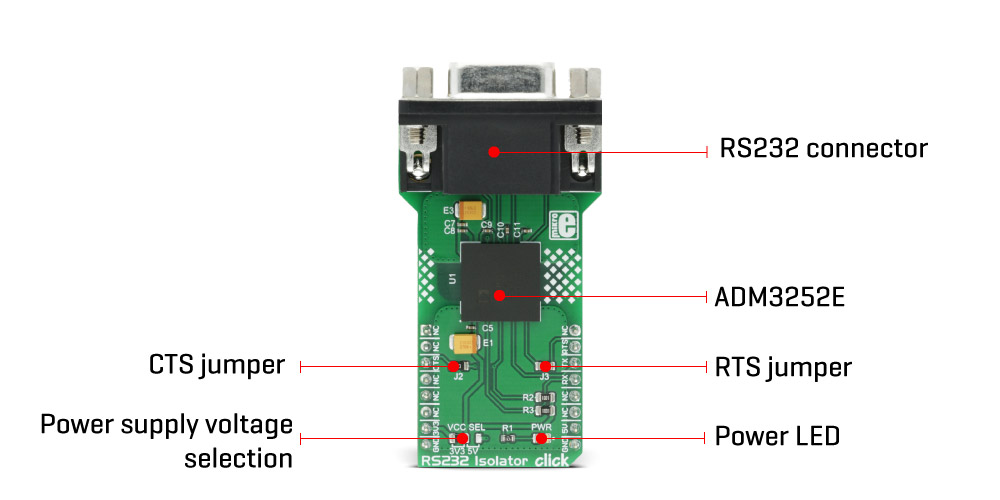-
×
 Alcohol 3 Click
1 ×
Alcohol 3 Click
1 × R715.00R643.50 -
×
 DAC Click
1 ×
DAC Click
1 × R415.00R373.50 -
×
 HYDROGEN Click
2 ×
HYDROGEN Click
2 × R340.00R306.00 -
×
 RN4678 Click
2 ×
RN4678 Click
2 × R870.00R783.00 -
×
 Proximity Click
2 × R225.00
Proximity Click
2 × R225.00 -
×
 RS485 Click 5V
2 × R240.00
RS485 Click 5V
2 × R240.00 -
×
 MPU 9DOF Click
1 × R555.00
MPU 9DOF Click
1 × R555.00 -
×
 WiFi Plus Click
1 ×
WiFi Plus Click
1 × R2,250.00R2,025.00 -
×
 Alcohol Click
1 ×
Alcohol Click
1 × R340.00R306.00 -
×
 LPG Click
1 ×
LPG Click
1 × R340.00R306.00 -
×
 GSM-GPS Click
1 ×
GSM-GPS Click
1 × R1,350.00R1,215.00 -
×
 tRF Click
1 ×
tRF Click
1 × R1,100.00R990.00 -
×
 DIGI POT Click
1 ×
DIGI POT Click
1 × R380.00R342.00 -
×
 BEE Click
3 ×
BEE Click
3 × R810.00R729.00 -
×
 Accel Click
1 ×
Accel Click
1 × R360.00R324.00 -
×
 EXPAND Click
1 ×
EXPAND Click
1 × R265.00R238.50 -
×
 3D Motion Click
1 ×
3D Motion Click
1 × R1,100.00R990.00 -
×
 MP3 Click
1 ×
MP3 Click
1 × R490.00R441.00 -
×
 GSM Click
1 ×
GSM Click
1 × R1,100.00R990.00
Subtotal: R15,144.50

